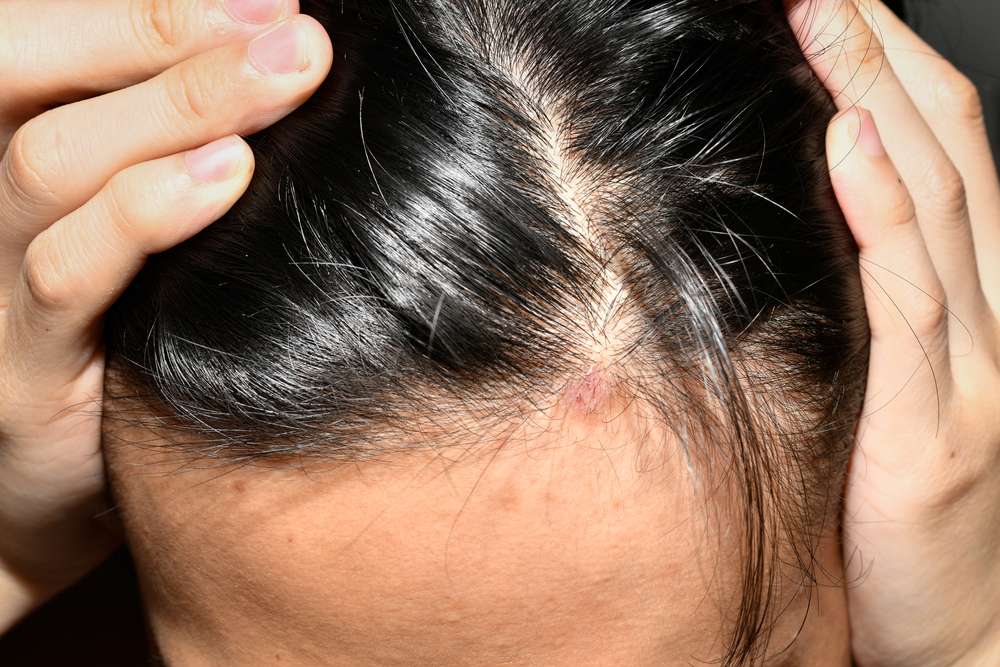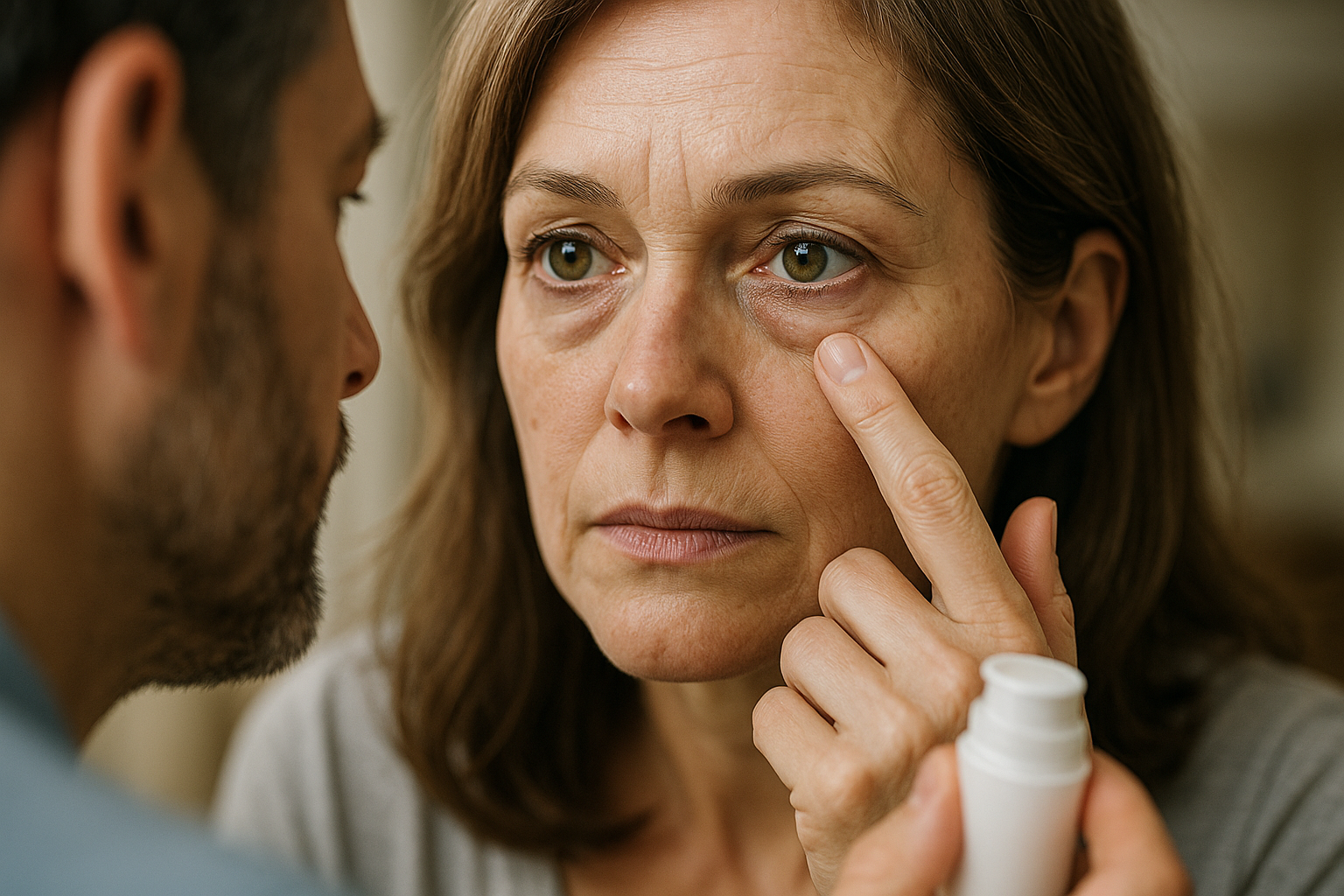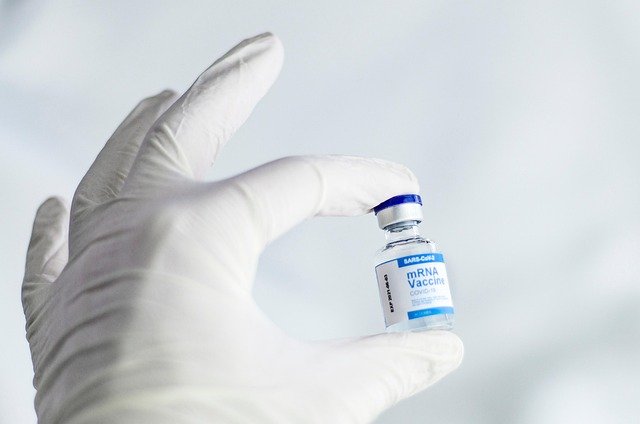Scalp Psoriasis Explained: What Causes It and How to Treat It
Dealing with constant itching, flaking, or thick patches on your scalp? It could be more than dandruff—it might be scalp psoriasis. This common autoimmune condition can lead to irritation, embarrassment, and even hair thinning if ignored. In this guide, you'll discover what causes it, how to spot early symptoms, and which soothing treatments actually work. Whether you're newly diagnosed or tired of recurring flare-ups, here’s your path to a calmer, healthier scalp

Scalp psoriasis is a common form of psoriasis that specifically affects the skin on the head. While sharing similarities with other forms of psoriasis, scalp involvement presents unique challenges due to the presence of hair and the sensitivity of the area. The condition can range from mild cases with slight scaling to severe manifestations with thick, crusted plaques covering the entire scalp. Despite its persistent nature, various treatment approaches can help manage symptoms and improve quality of life for those affected.
This article is for informational purposes only and should not be considered medical advice. Please consult a qualified healthcare professional for personalized guidance and treatment.
What Are the Visual Signs Found in Psoriasis Pictures?
Scalp psoriasis presents with distinctive visual characteristics that help differentiate it from other scalp conditions. The most common signs include well-defined red patches covered with silvery-white scales. These patches may be slightly raised above the surrounding skin and can vary in size from small, isolated spots to areas covering substantial portions of the scalp. In severe cases, the scaling can become thick and crusty, forming what dermatologists refer to as plaques.
When examining psoriasis pictures, you might notice that the redness extends slightly beyond the scaling. The hairline, back of the neck, and the skin around the ears are frequently affected areas. Unlike dandruff, which produces looser, less adherent flakes, psoriasis scales tend to be thicker and more firmly attached to the skin. Another distinguishing visual feature is the Auspitz sign—tiny bleeding points that appear when scales are removed—though this should never be deliberately induced at home.
Understanding Pictures of Plaque Psoriasis on the Scalp
Plaque psoriasis is the most common form of the condition affecting the scalp. In clinical pictures, scalp plaques appear as clearly demarcated, elevated lesions with a characteristic silvery-white scale on top of reddened skin. These plaques can be isolated or merge to form larger affected areas, sometimes covering the entire scalp in severe cases.
Photographic documentation often reveals that scalp plaques have more defined borders than other scalp conditions like seborrheic dermatitis. The scales may appear yellowish-white when they accumulate and can be particularly visible against darker hair. Close-up images frequently show how the plaques can extend beyond the hairline onto the forehead, behind the ears, or down the neck—areas that are particularly visible and can cause social discomfort for those affected.
Medical photographs also demonstrate how hair can sometimes grow through the plaques, though in severe cases, temporary hair thinning might occur due to inflammation and excessive scratching. It’s important to note that scalp psoriasis itself doesn’t cause permanent hair loss, but the inflammation and subsequent scratching can temporarily disrupt the hair growth cycle.
Why Scalp Psoriasis Picking Worsens the Condition
The intense itching associated with scalp psoriasis often leads to scratching and picking at the scales, creating a problematic cycle that exacerbates the condition. When patients pick at psoriasis plaques, they trigger what dermatologists call the Koebner phenomenon—the appearance of new psoriatic lesions at sites of skin trauma. This mechanical injury stimulates inflammatory pathways, prompting the accelerated production of skin cells that characterizes psoriasis.
Picking at scales may provide momentary relief but ultimately damages the protective skin barrier, increasing the risk of secondary bacterial infections. The resulting inflammation triggers the release of cytokines and other immune mediators that further perpetuate the psoriatic process. Additionally, scratching can cause bleeding, which not only increases discomfort but also creates entry points for pathogens.
Psychological factors also play a role in this damaging cycle. The visible nature of scalp psoriasis, especially when it extends beyond the hairline, can cause anxiety and self-consciousness, potentially leading to more frequent picking as a nervous habit. Breaking this cycle requires both appropriate medical treatment and behavioral strategies to manage the urge to scratch or pick.
Root Causes and Triggers of Scalp Psoriasis
Scalp psoriasis develops from a complex interplay of genetic predisposition and environmental triggers. Research indicates that approximately 40% of individuals with psoriasis have a family history of the condition, pointing to a strong genetic component. These genetic factors affect immune system regulation, particularly involving T-cells and inflammatory mediators that accelerate skin cell turnover.
The immune system dysfunction in psoriasis causes skin cells to multiply approximately ten times faster than normal, leading to the buildup of cells that form characteristic plaques. Several triggers can initiate or worsen scalp psoriasis flares. Stress is a significant factor, with many patients reporting symptom exacerbation during high-stress periods. Seasonal changes, particularly cold, dry winter conditions, often worsen symptoms as reduced humidity levels compromise skin barrier function.
Other common triggers include certain medications (such as lithium, beta-blockers, and antimalarials), skin injuries, infections (particularly streptococcal throat infections), smoking, and excessive alcohol consumption. Hormonal changes can also influence disease activity, with some women experiencing flares during hormonal shifts. Identifying personal triggers through careful tracking can help patients develop strategies to minimize flare-ups.
Treatment Options and Management Strategies
Effective management of scalp psoriasis typically involves a multi-faceted approach tailored to the severity of symptoms. For mild cases, topical treatments form the foundation of therapy. Medicated shampoos containing ingredients like salicylic acid help to soften and remove scales, while coal tar products reduce inflammation and slow skin cell growth. Topical corticosteroids, available in various potencies, provide anti-inflammatory effects and remain a mainstay of treatment for moderate cases.
For patients with more severe or resistant scalp psoriasis, vitamin D analogs like calcipotriene help normalize skin cell production when applied directly to affected areas. Topical retinoids, derived from vitamin A, can reduce inflammation and normalize skin cell development. When topical treatments prove insufficient, phototherapy using controlled exposure to UVB light may be recommended, though special techniques are needed to ensure the light reaches the scalp through the hair.
Systemic medications become necessary for severe, widespread, or treatment-resistant cases. These include traditional oral medications like methotrexate and cyclosporine that suppress the immune system, as well as newer biologic therapies that target specific components of the immune response involved in psoriasis. These biologics, administered by injection or infusion, have revolutionized treatment for many patients with severe disease.
| Treatment Type | Examples | Typical Cost Range | Considerations |
|---|---|---|---|
| Medicated Shampoos | Neutrogena T/Gel, Nizoral, MG217 | $10-$30 per bottle | Good for mild cases, used regularly |
| Topical Corticosteroids | Clobetasol (Clobex), Fluocinonide | $30-$200 per prescription | Effective but limited duration use |
| Vitamin D Analogs | Calcipotriene (Dovonex, Sorilux) | $100-$500 per prescription | Slower acting but fewer side effects |
| Biologics | Humira, Stelara, Cosentyx | $10,000-$30,000 annually | For severe cases, often covered by insurance |
| Phototherapy | UVB treatments | $40-$100 per session | Requires multiple weekly sessions |
Prices, rates, or cost estimates mentioned in this article are based on the latest available information but may change over time. Independent research is advised before making financial decisions.
Beyond medical interventions, lifestyle modifications play a crucial role in managing scalp psoriasis. Gentle hair care practices, including using lukewarm water instead of hot water and gentle shampooing techniques, help minimize irritation. Stress management through techniques like meditation, yoga, or regular exercise can reduce flare frequency for many patients. Dietary adjustments, particularly reducing inflammatory foods and increasing omega-3 fatty acids, may benefit some individuals, though scientific evidence varies.
Regular follow-up with healthcare providers ensures treatment plans remain effective and allows for adjustments as needed. Patient education about the chronic nature of psoriasis helps set realistic expectations—while current treatments can effectively control symptoms, they do not provide a permanent cure. With proper management combining medical treatments and lifestyle approaches, most people with scalp psoriasis can achieve significant symptom relief and improved quality of life.




